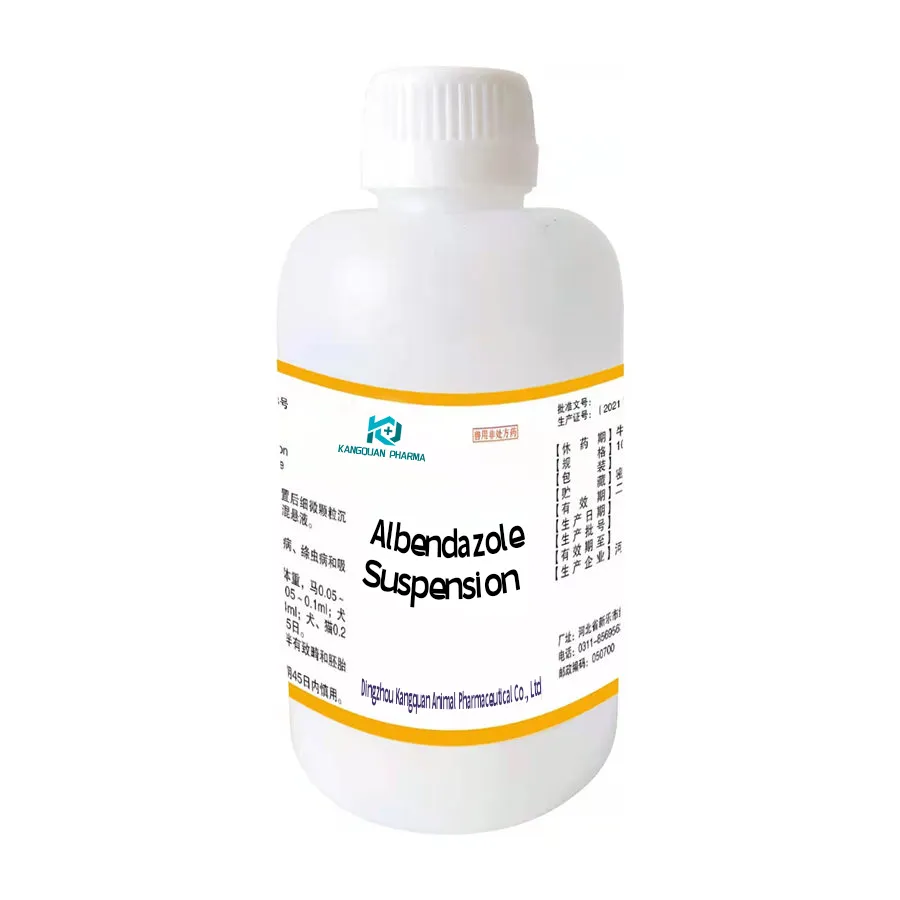- Afrikaans
- Albanian
- Amharic
- Arabic
- Armenian
- Azerbaijani
- Basque
- Belarusian
- Bengali
- Bosnian
- Bulgarian
- Catalan
- Cebuano
- Corsican
- Croatian
- Czech
- Danish
- Dutch
- English
- Esperanto
- Estonian
- Finnish
- French
- Frisian
- Galician
- Georgian
- German
- Greek
- Gujarati
- Haitian Creole
- hausa
- hawaiian
- Hebrew
- Hindi
- Miao
- Hungarian
- Icelandic
- igbo
- Indonesian
- irish
- Italian
- Japanese
- Javanese
- Kannada
- kazakh
- Khmer
- Rwandese
- Korean
- Kurdish
- Kyrgyz
- Lao
- Latin
- Latvian
- Lithuanian
- Luxembourgish
- Macedonian
- Malgashi
- Malay
- Malayalam
- Maltese
- Maori
- Marathi
- Mongolian
- Myanmar
- Nepali
- Norwegian
- Norwegian
- Occitan
- Pashto
- Persian
- Polish
- Portuguese
- Punjabi
- Romanian
- Russian
- Samoan
- Scottish Gaelic
- Serbian
- Sesotho
- Shona
- Sindhi
- Sinhala
- Slovak
- Slovenian
- Somali
- Spanish
- Sundanese
- Swahili
- Swedish
- Tagalog
- Tajik
- Tamil
- Tatar
- Telugu
- Thai
- Turkish
- Turkmen
- Ukrainian
- Urdu
- Uighur
- Uzbek
- Vietnamese
- Welsh
- Bantu
- Yiddish
- Yoruba
- Zulu
Nov . 16, 2024 06:43 Back to list
amoxicillin sodium injection
Amoxicillin Sodium Injection An Overview
Amoxicillin sodium injection is a widely used antibiotic in modern medicine. It falls under the category of beta-lactam antibiotics, which are known for their efficacy against a broad spectrum of bacterial infections. The primary mode of action of amoxicillin involves inhibition of bacterial cell wall synthesis, leading to the eventual death of bacteria. This article explores the uses, advantages, potential side effects, and considerations related to amoxicillin sodium injection.
Mechanism of Action
Amoxicillin exerts its antibacterial effects by binding to specific proteins known as penicillin-binding proteins (PBPs) located within the bacterial cell wall. This interaction disrupts the synthesis of peptidoglycan, a critical component of the cell wall, ultimately causing cell lysis and death. The effectiveness of amoxicillin against both Gram-positive and some Gram-negative bacteria makes it a versatile choice in treating various infections.
Clinical Uses
Amoxicillin sodium injection is utilized in treating numerous infections, including
1. Respiratory Tract Infections Conditions such as pneumonia, bronchitis, and sinusitis can be effectively treated with this antibiotic, particularly when the causative pathogens are sensitive to it.
2. Skin and Soft Tissue Infections The injection is often indicated for infections caused by susceptible strains of bacteria, including cellulitis and abscesses.
3. Urinary Tract Infections (UTIs) Amoxicillin can also be used to treat UTIs, offering an alternative for patients allergic to other common antibiotics.
4. Endocarditis Prophylaxis In patients with specific heart conditions, amoxicillin sodium injection may be administered before dental or surgical procedures to prevent bacterial endocarditis.
5. Gastrointestinal Infections Under certain circumstances, such as in cases of Helicobacter pylori eradication, amoxicillin forms part of a combination therapy to enhance treatment effectiveness.
Advantages
The use of amoxicillin sodium injection comes with a range of benefits
amoxicillin sodium injection

- Broad Spectrum Amoxicillin is effective against a diverse array of bacterial pathogens, making it suitable for empirical therapy.
- Rapid Onset As an injectable medication, amoxicillin sodium has a fast absorption rate, allowing for quick therapeutic effects, especially in acute infections.
- Well-Tolerated Amoxicillin is generally well-tolerated, making it appropriate for a wide patient population, including pediatric patients.
- Convenience For patients unable to take oral medications due to vomiting or other complications, an injectable form provides a necessary alternative for ensuring compliance and effective treatment.
Potential Side Effects
While amoxicillin sodium injection is predominantly safe, it can indeed have side effects. Common side effects include
- Allergic Reactions Some individuals may experience allergic reactions, ranging from mild rashes to severe anaphylaxis. A thorough medical history should be taken to identify any previous allergies to penicillin or related antibiotics.
- Gastrointestinal Issues Nausea, vomiting, diarrhea, and abdominal pain are common gastrointestinal side effects associated with amoxicillin use.
- Superinfection Prolonged use of antibiotics can lead to overgrowth of non-susceptible organisms, resulting in superinfections, such as Clostridium difficile-associated diarrhea.
- Hematological Reactions While rare, blood disorders, including thrombocytopenia and leukopenia, may occur, necessitating regular monitoring in long-term use.
Considerations
Before administering amoxicillin sodium injection, healthcare providers should consider various factors. This includes evaluating the culture and sensitivity results to ensure the targeted bacterial strains are indeed susceptible to the antibiotic. Additionally, patient's renal function must be assessed, as dose adjustments may be required in those with impaired renal function.
In conclusion, amoxicillin sodium injection remains a cornerstone in the treatment of bacterial infections. Its broad spectrum of activity, rapid action, and relative safety profile make it a go-to choice for healthcare providers. However, careful consideration of individual patient factors and awareness of potential side effects are crucial for maximizing treatment effectiveness and safety. As bacterial resistance continues to rise, ongoing research and clinical vigilance are essential to ensure that antibiotics like amoxicillin remain effective tools in combating infections.
-
Guide to Oxytetracycline Injection
NewsMar.27,2025
-
Guide to Colistin Sulphate
NewsMar.27,2025
-
Gentamicin Sulfate: Uses, Price, And Key Information
NewsMar.27,2025
-
Enrofloxacin Injection: Uses, Price, And Supplier Information
NewsMar.27,2025
-
Dexamethasone Sodium Phosphate Injection: Uses, Price, And Key Information
NewsMar.27,2025
-
Albendazole Tablet: Uses, Dosage, Cost, And Key Information
NewsMar.27,2025













